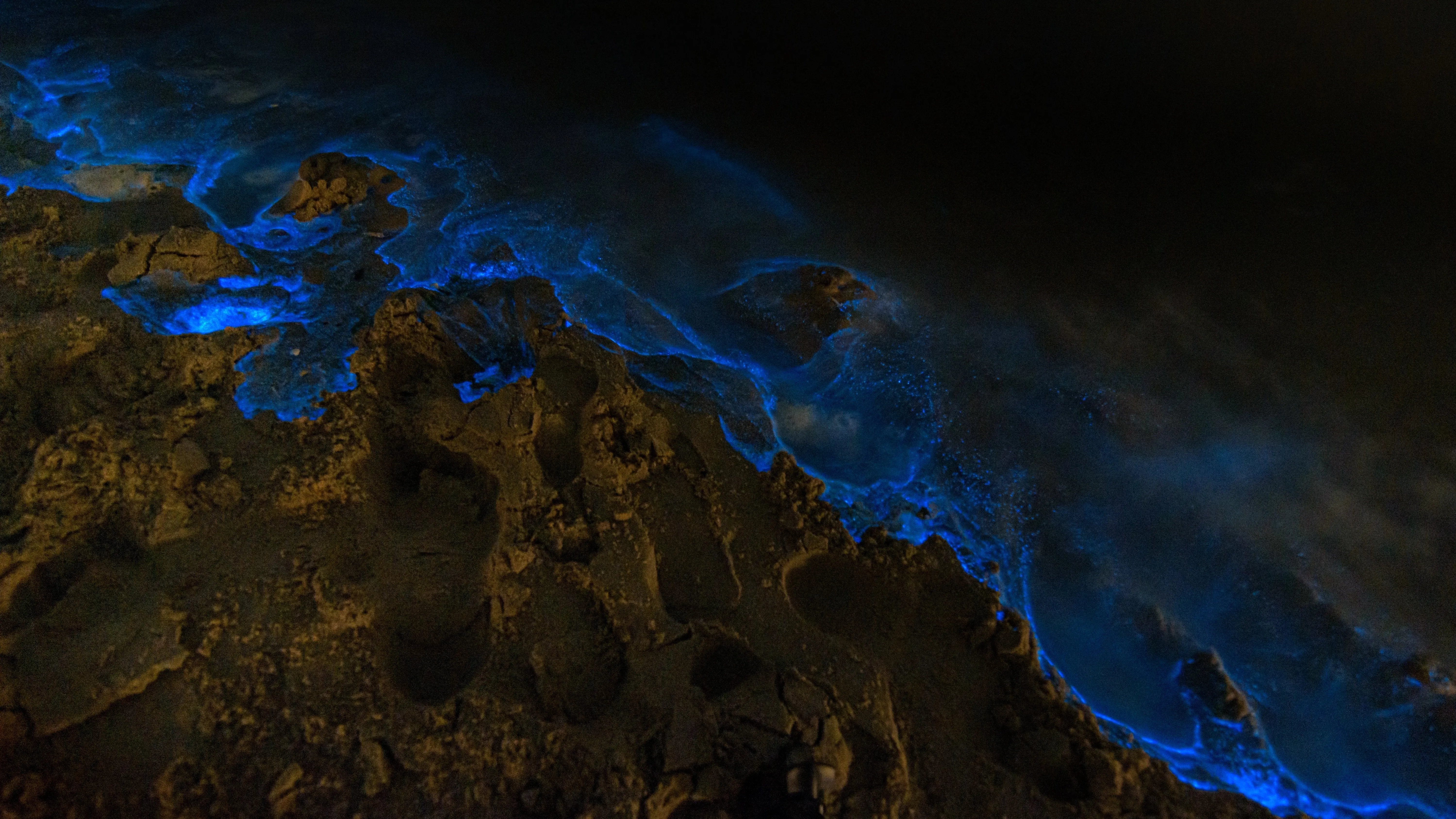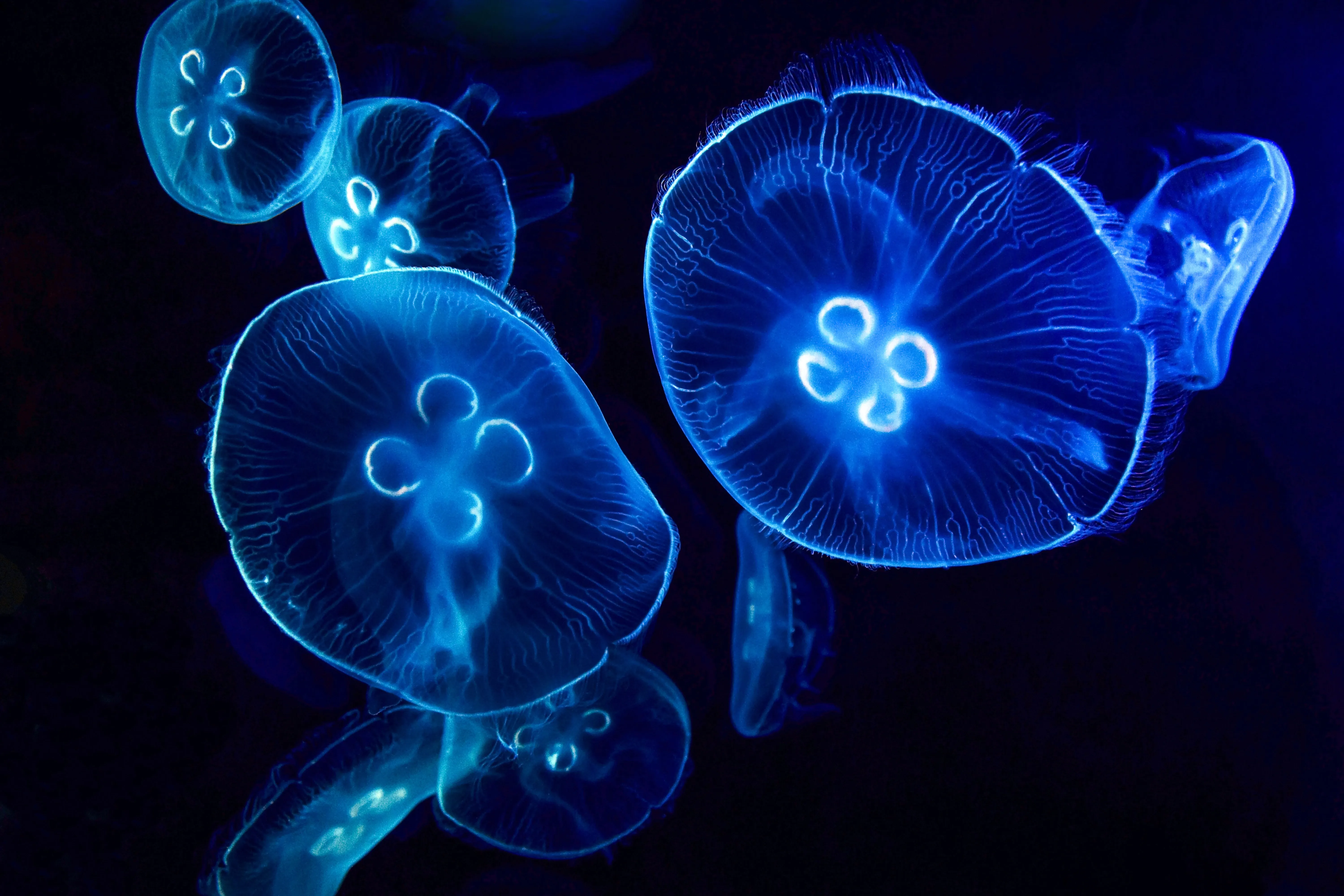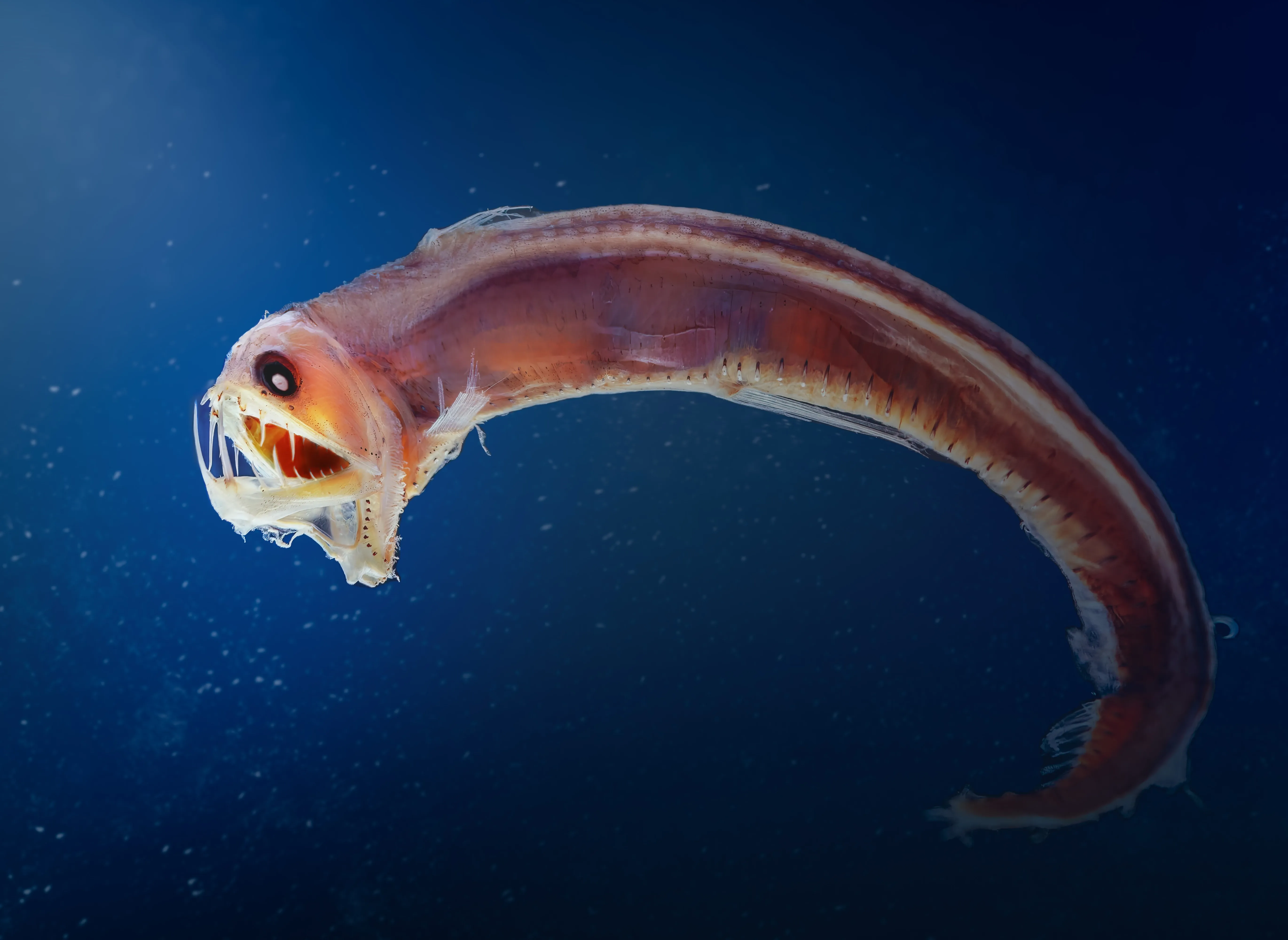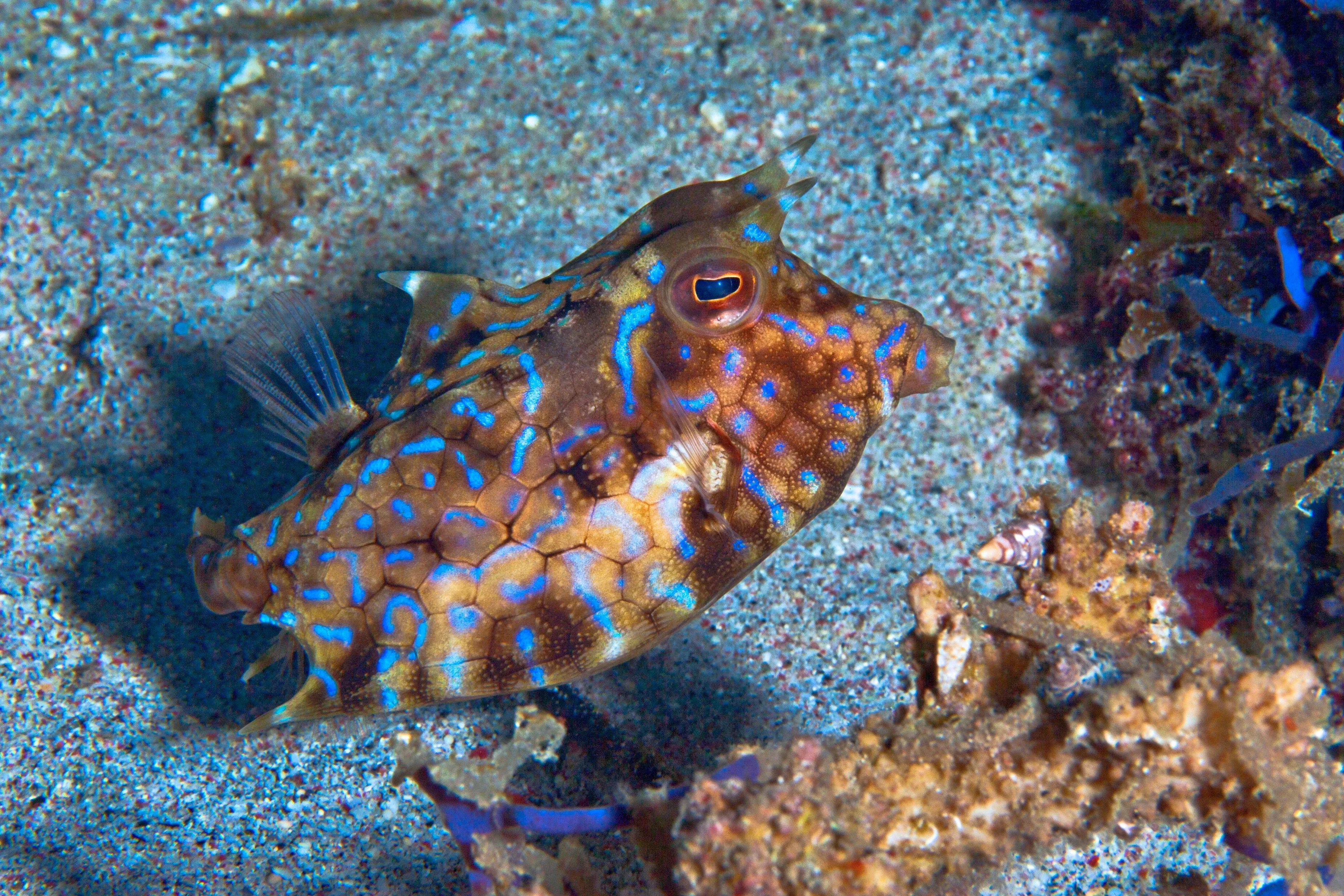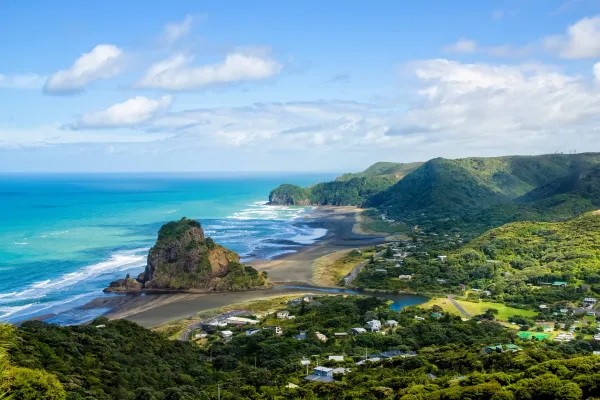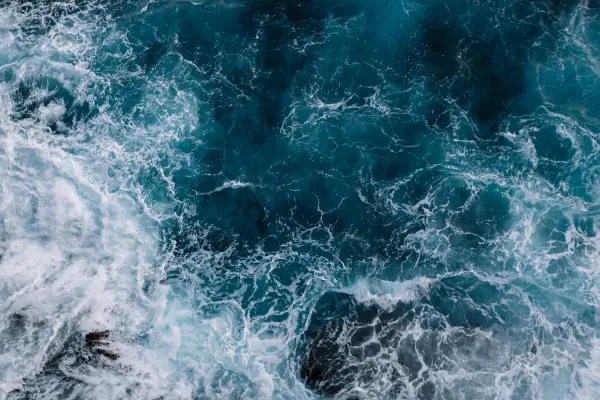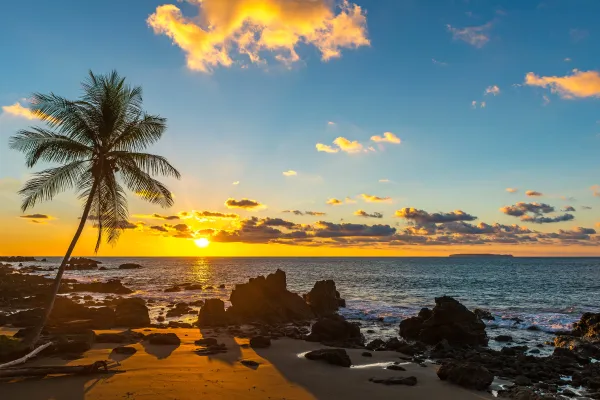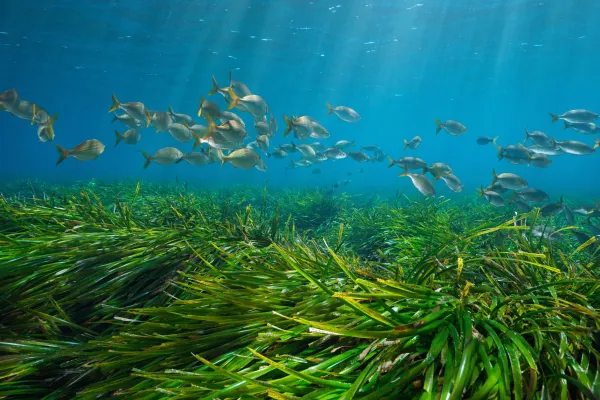Glowing oceans: Top places to see marine bioluminescence
Across the Earth’s oceans, hundreds of different species have adapted spectacular methods of visual communication, through intense colours, appendages and behaviours. But under the cover of darkness, these efforts are lost - so how do these species exchange signals in the dark? And in which places can we experience this?
Bioluminescence. This chemical light show is used by hundreds of different species, from the depths of the hadal ocean to the serene shores of tropical islands, and creates a magical experience worth waiting for.
What is bioluminescence?
Bioluminescence is the emission of light by living organisms, formed through a chemical reaction between two substances: luciferin, and the enzyme which activates it, luciferase.
These molecules are stored in separate compartments within specialised cells in the host organism’s body, and react to produce light when they come into contact. This can occur through physical agitation or chemical changes in the surrounding environment.

The light produced is usually greenish or bluish in colour, however some species are capable of producing other more unusual colours such as reds, pinks and yellows through including other chemicals in the reaction.
Most species which use bioluminescence are found in the deep oceans, where it is a crucial source of communication due to the inherent lack of sunlight at this depth. However, some surface-dwelling species also use bioluminescence, and can be seen lighting up the shorelines of beaches with every drag and crash of a wave.
Which species use bioluminescence?
In the deep ocean, many species of fish and squid use bioluminescence in their hunting technique, lighting up special cells called photophores to lure in prey. Deep-sea octopus and jellyfish, such as cone jellies, also use bioluminescence to communicate, creating colourful light shows to attract mates.
Corals can occasionally form symbiotic relationships with bioluminescent algae and bacteria, which can create incredible spectacles if production of biolum-inescence coincides with a coral spawning event.
The ocean becomes an inky sky full of glittering, blue droplets of light like stars, all moving and flashing with the current. This is exceptionally rare, and is a once-in-a-lifetime event which few people will ever be lucky enough to experience.
A more commonly seen example of bioluminescence is that produced by plankton, which often fringe the shallow shores of coastlines, both in temperate and tropical regions. If the waves lapping at the shore flash blue or green under the moonlight, it will be because the plankton is being mechanically activated through the movement of the water.
Where can bioluminescence be seen?
Bioluminescence is more common than is often believed, but is most reliably seen in nutrient-rich tropical waters, which provide optimal conditions for species of dinoflagellate plankton to proliferate in vast numbers.
Beaches in the Caribbean, the Maldives and various coastlines around Southeast Asia such as in Thailand and Indonesia are particularly good spots to look for a bioluminescence display, however some of the top locations are:
- Krabi, Thailand: The sheltered beaches and glassy indigo shallows of Krabi are the perfect place to take a late-night stroll, with a high chance of seeing the shoreline come alive with the electric blue of plankton bioluminescence lighting up the darkness. Experience the magic with ease from the shoreline, or take a kayak tour round the coves and bays of the limestone islands and karsts, surrounded by the enchanting blue light.
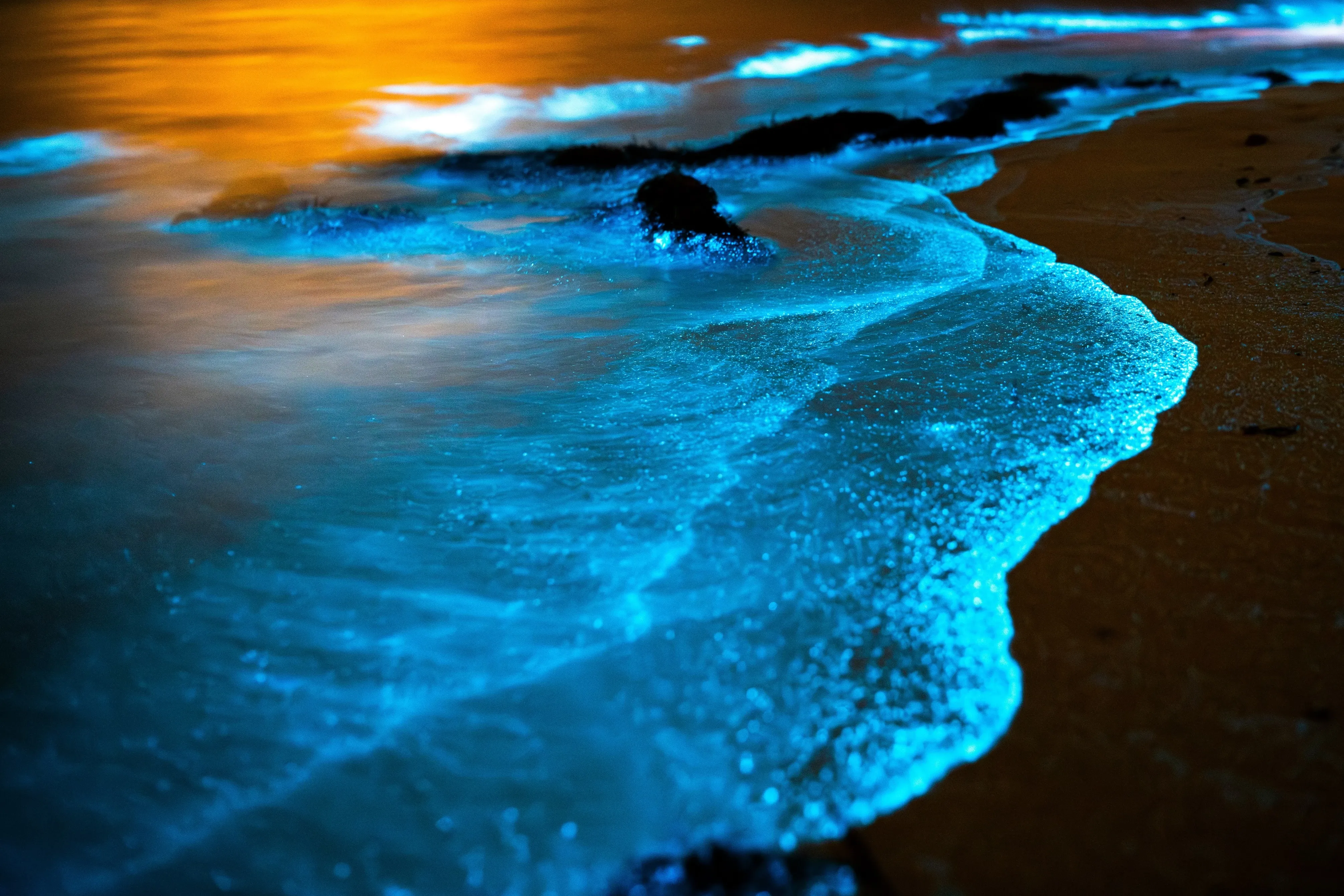
- Luminous Lagoon, Jamaica: This Caribbean bay hosts some of the brightest plankton bioluminescence displays in the world, carpeting the shallows in a glowing blue elixir. Boats tours offer guided tours of the displays, but if that isn’t enough you can get up close and personal by swimming in the water.
- Mudhdhoo Island, Maldives: The sweeping reef flats and calm beaches of Mudhdhoo Island provide a tranquil setting to watch the magic unfold. Boat trips can be taken around the island’s periphery to see multiple blooms, and a nighttime swim to immerse yourself in the ethereal glow is sure to be a bucket-list item.
Specific conditions which increase the likelihood of a great natural light show include warm temperatures, calm seas, and ideally a lack of light pollution.
Often, the display is triggered by physical disturbances such as a sudden increase in wave energy, large animals or boat traffic moving through the water, or even people swimming and splashing around, agitating the plankton and spurring the chemical reactions.
Whilst bioluminescent displays are frequent events, they are unpredictable, natural phenomena which cannot be reliably forecasted. It is all about being in the right place at the right time, and the unexpected nature of these other-worldly light shows makes them all the more special if you are lucky enough to witness one.
Sign up for the newsletter
By clicking on “Subscribe now” I will subscribe to the Conscious Explorer newsletter with all the information about mindful travel. Information on the success measurement included in the consent, the use of the shipping service provider MailChimp, logging of the registration and your rights of revocation can be found in our privacy policy.

